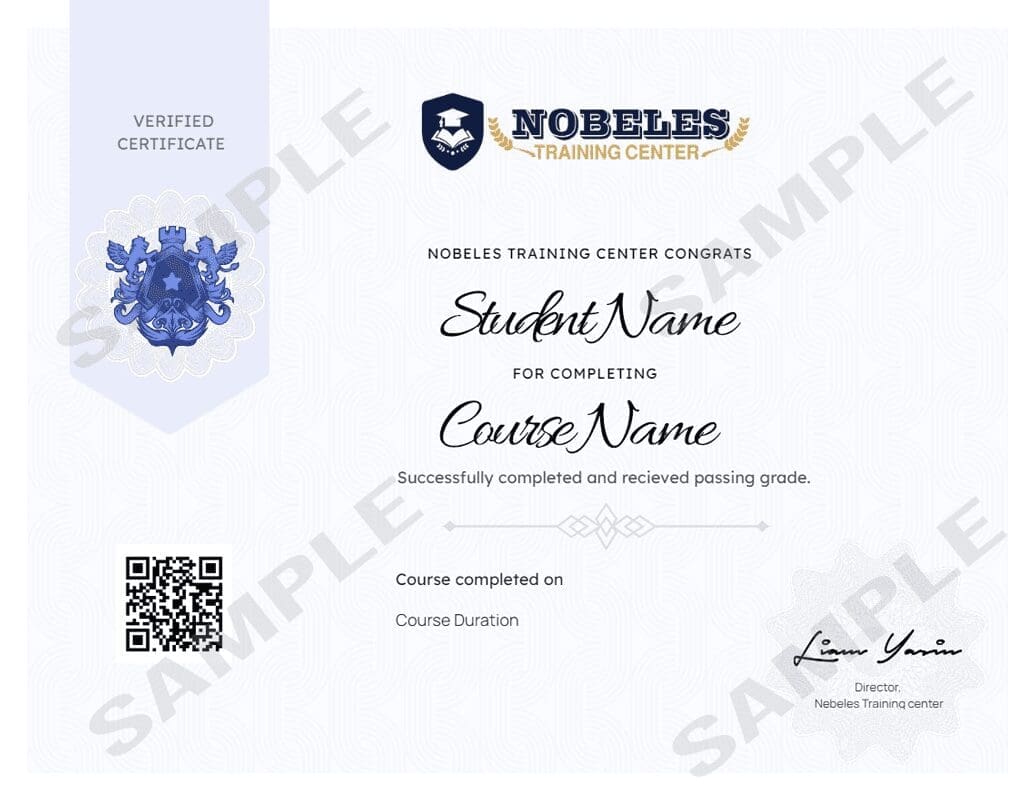Social media is a dynamic field with massive popularity worldwide. There is no denying that social media has shifted our communication practices, as well as traditional business. The power of social media comes from the ability to communicate to others and discover endless amounts of information instantaneously. Social media is commonly found within a workplace, whether it is for personal use or a company’s account. It is important for companies to examine how social media may be affecting them, and how they can implement ways to move forward with technology, without letting it interfere with productivity.
With our Social Media in the Workplace workshop, participants will gain knowledge and skills to use social media effectively and securely. Your success with social media is based on the content you share; having a good policy and guidelines can help you to achieve success with social media in the workplace.
Curriculum
- 11 Sections
- 0 Lessons
- 10 Hours
- The Basics of Social MediaThe basics of social media involve understanding platforms, creating profiles, and engaging with content. In the workplace, it’s crucial to use social media professionally, adhering to company policies and fostering positive online interactions.0
- Types of Social MediaTypes of social media include platforms for networking (LinkedIn), sharing updates (Facebook, Twitter), visual content (Instagram, Pinterest), and professional forums (Reddit, industry-specific groups). Each serves different communication and engagement purposes.0
- Social Media Policy ElementsSocial media policy elements include guidelines for acceptable use, content sharing, privacy, and professional behavior. Policies should address personal vs. professional use, data security, and repercussions for non-compliance, ensuring a respectful and secure online presence.0
- Managing Your PolicyManaging your social media policy involves regularly reviewing and updating guidelines, ensuring compliance, training employees, and monitoring usage. Effective management maintains a professional online presence, mitigates risks, and aligns with organizational goals.0
- Launching a Successful Strategy (I)Launching a successful social media strategy involves setting clear objectives, identifying target audiences, creating engaging content, and selecting appropriate platforms. Regularly analyzing performance and adjusting tactics ensures ongoing effectiveness and growth.0
- Launching a Successful Strategy (II)Launching a successful social media strategy also requires consistent branding, strategic scheduling, and active engagement with followers. Monitoring analytics, adapting to trends, and optimizing content ensure sustained success and audience connection.0
- Safe Security PracticesSafe security practices for social media include using strong, unique passwords, enabling two-factor authentication, regularly updating software, monitoring account activity, and training staff on recognizing phishing attempts and secure sharing practices.0
- Benefits of Social MediaSocial media offers benefits such as enhanced brand visibility, increased customer engagement, real-time communication, and valuable insights through analytics. It fosters networking opportunities, drives traffic to websites, and supports targeted marketing strategies.0
- The Pitfalls of Social MediaThe pitfalls of social media include potential privacy breaches, risk of misinformation, negative public perception, and distraction from work. It can also lead to cybersecurity threats and require careful management to avoid reputational damage.0
- Listen to Your CustomersListening to your customers on social media involves monitoring feedback, engaging with comments, and analyzing sentiment. This helps understand their needs, address concerns, and improve products or services, fostering stronger customer relationships.0
- Post TestPost Test0
Nobles Certificate
Nobeles Academy
Mobile Application
Courses you might be interested in
-
1 Lesson
-
0 Lessons
-
0 Lessons
-
0 Lessons






